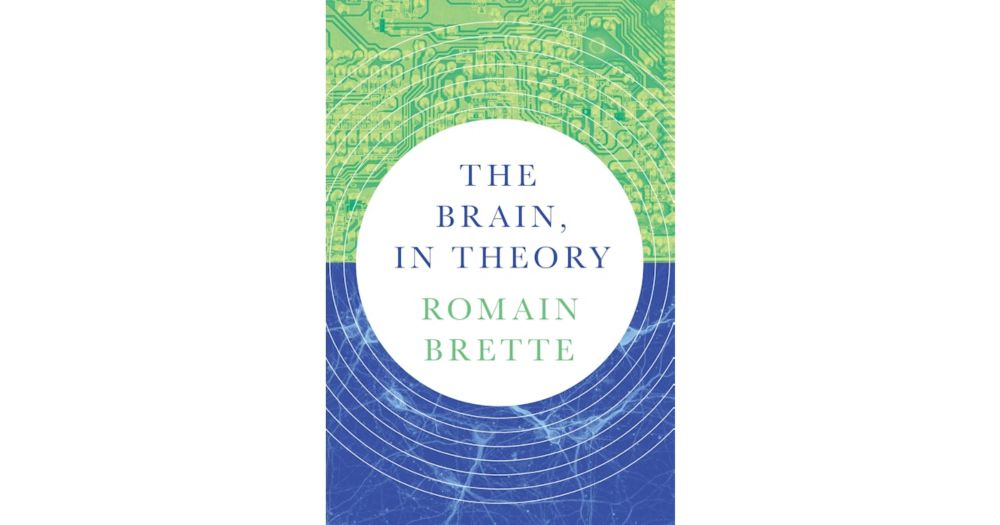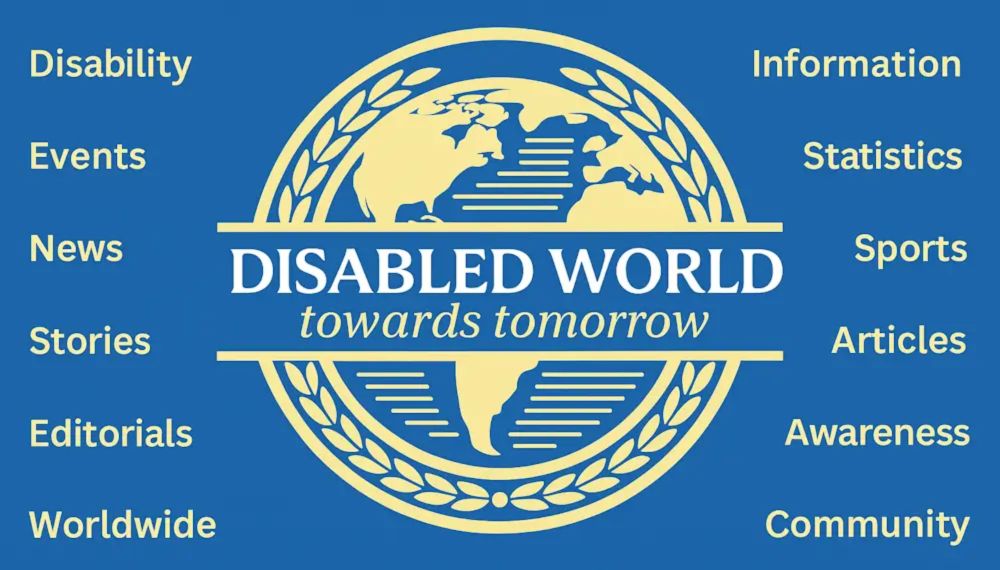
https://neurodissidence.org.uk/
Alice in Wonderland Syndrome
Posts from this account may contain madness
Path Diversity

www.cambridge.org/core/journal...
www.cambridge.org/core/journal...
“A damning review commissioned by the Prisons and Probation Ombudsman (PPO) found inmates with epilepsy had been found dead after being locked in single cells despite having uncontrolled seizures.”
www.independent.co.uk/news/uk/crim...

“A damning review commissioned by the Prisons and Probation Ombudsman (PPO) found inmates with epilepsy had been found dead after being locked in single cells despite having uncontrolled seizures.”
www.independent.co.uk/news/uk/crim...
https://www.independent.co.uk/news/uk/crime/epilepsy-prison-deaths-ombudsman-warning-b2869319.html

https://www.independent.co.uk/news/uk/crime/epilepsy-prison-deaths-ombudsman-warning-b2869319.html
forbetterscience.com/2025/11/25/a...

forbetterscience.com/2025/11/25/a...
dl.acm.org/doi/10.1145/...

dl.acm.org/doi/10.1145/...
⭐ Metaphorical Framings of Emotions in Mental Health ⭐
Organised by myself with Prof. Jeannette Littlemore
Please see here for the full schedule and to sign up (in-person places are limited):
lnkd.in/dZ57MKwt

⭐ Metaphorical Framings of Emotions in Mental Health ⭐
Organised by myself with Prof. Jeannette Littlemore
Please see here for the full schedule and to sign up (in-person places are limited):
lnkd.in/dZ57MKwt
Alexander Curtis
www.jhiblog.org/2025/11/10/t...

Alexander Curtis
www.jhiblog.org/2025/11/10/t...
See zine 1 here: files.libcom.org/files/2025-0...
See zine 2 here: files.libcom.org/files/2025-0...

Making the next DSM look less like a house of mirrors
www.psychiatrymargins.com/p/6-suggesti...

Making the next DSM look less like a house of mirrors
www.psychiatrymargins.com/p/6-suggesti...
projects.research-and-innovation.ec.europa.eu/en/horizon-m...

projects.research-and-innovation.ec.europa.eu/en/horizon-m...
Paloma and the Octopus, a novel in progress
An original reading with author Aoife Sadlier
The Antonio Gramsci Society UK
www.eventbrite.co.uk/e/paloma-and...

Paloma and the Octopus, a novel in progress
An original reading with author Aoife Sadlier
The Antonio Gramsci Society UK
www.eventbrite.co.uk/e/paloma-and...

Romain Brette
Why engineering and computational analogies are poorly suited to the study of biological cognition
press.princeton.edu/books/paperb...
Introduction available here: romainbrette.fr/WordPress3/w...

Romain Brette
Why engineering and computational analogies are poorly suited to the study of biological cognition
press.princeton.edu/books/paperb...
Introduction available here: romainbrette.fr/WordPress3/w...
onlinelibrary.wiley.com/doi/10.1111/... w @chrismmcox.bsky.social

onlinelibrary.wiley.com/doi/10.1111/... w @chrismmcox.bsky.social
theconversation.com/ai-induced-p...

theconversation.com/ai-induced-p...
Police admit WhatsApp arrest error with £20k payout
www.bbc.co.uk/news/article...

Police admit WhatsApp arrest error with £20k payout
www.bbc.co.uk/news/article...
theconversation.com/autistic-dog...

theconversation.com/autistic-dog...

usher.ed.ac.uk/precision-me...
Deadline Jan 12th! Within the Precision Medicine DTC at Edinburgh.





